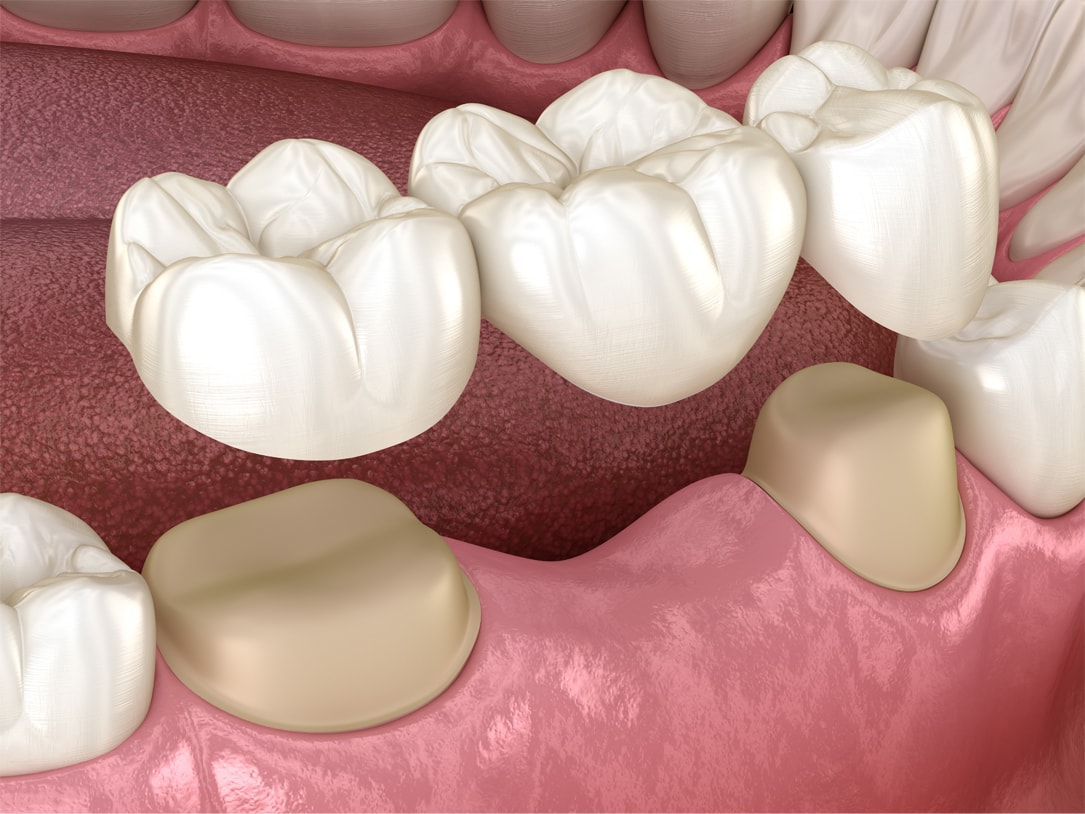Who Is a Candidate for a Dental Bridge?
Dental bridges are often ideal for those who have one or more consecutive missing teeth. In many cases, bridges are good alternatives for patients who are not eligible for dental implants, often because they have insufficient bone density. Furthermore, because a bridge is designed to connect (or “bridge”) the gap where the teeth are missing by using the neighboring teeth for support, candidates should be committed to maintaining excellent oral hygiene.
At your initial consultation, our dentists will perform a comprehensive assessment of your dental health before determining that a bridge is your best option. No matter your unique oral health concerns, we can build a treatment plan that suits your needs, preferences, timeline, and budget.

